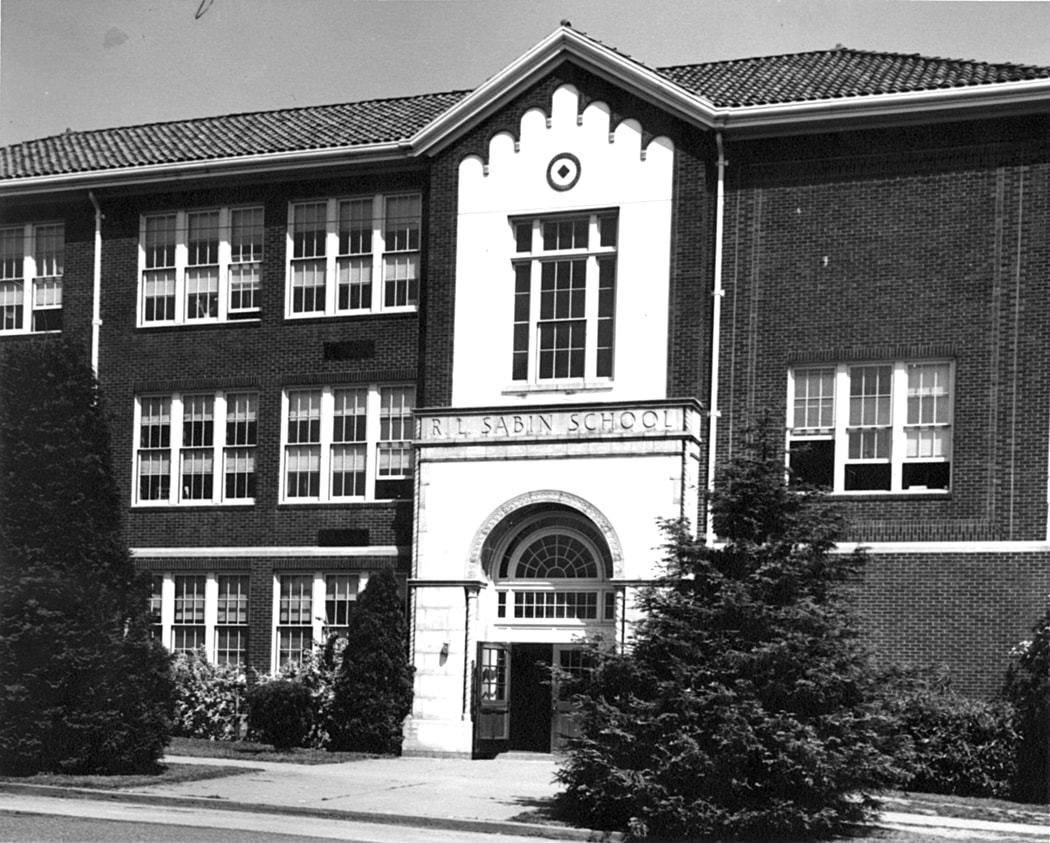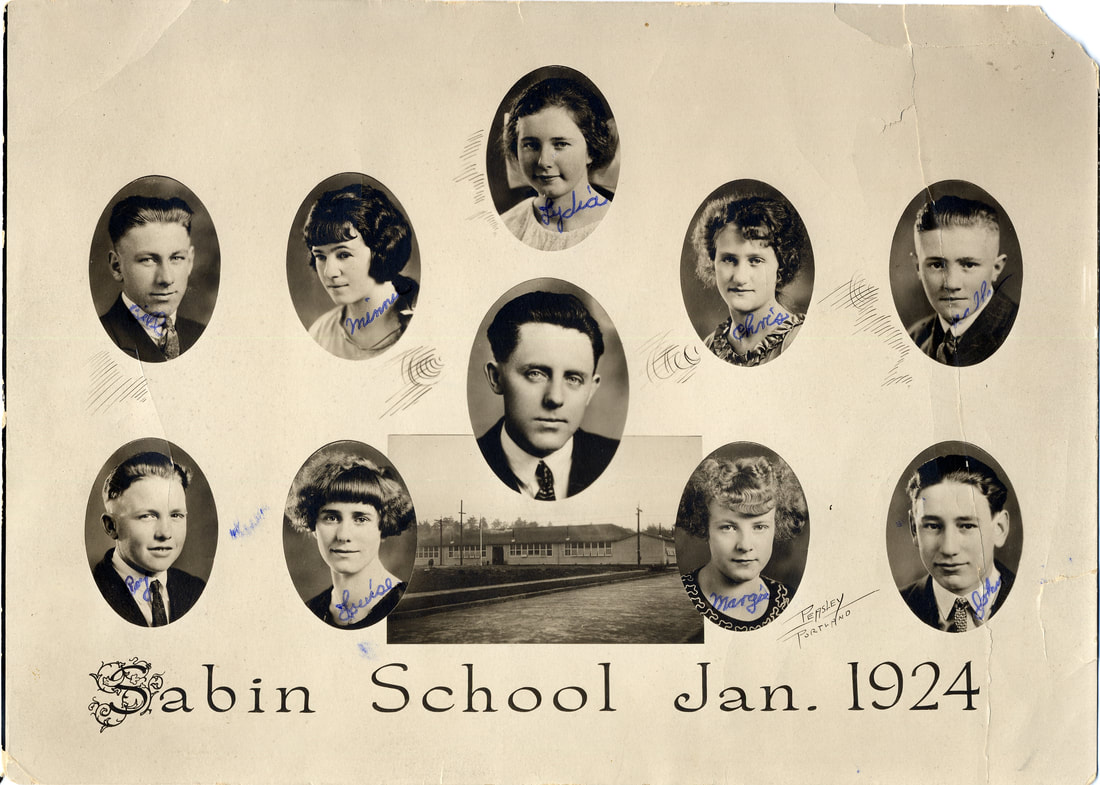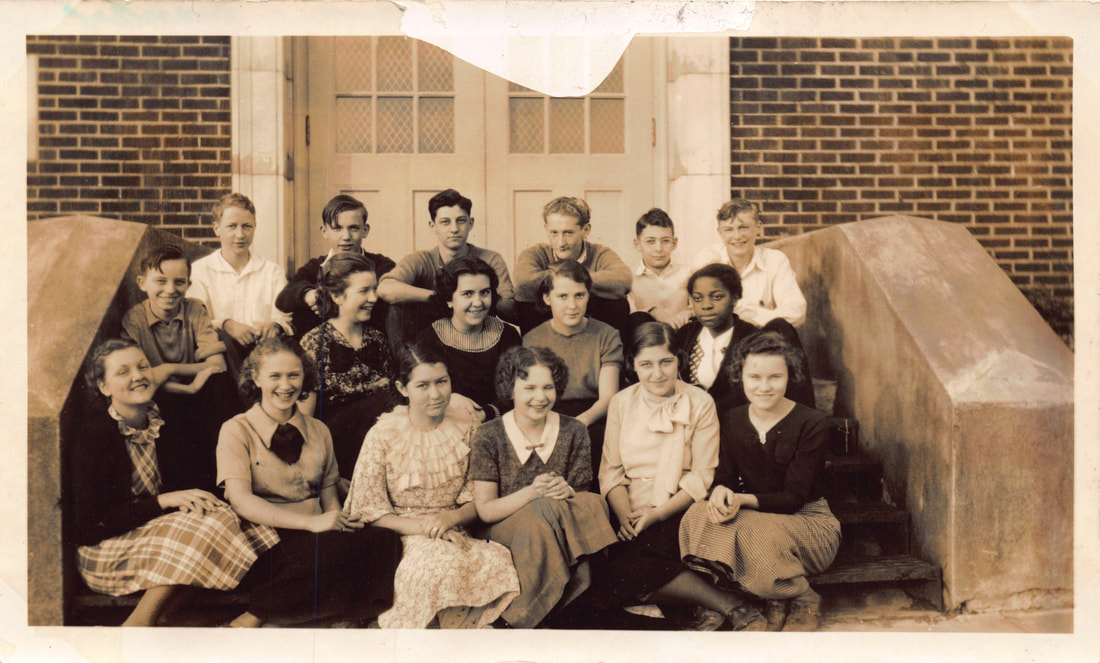R.L. Sabin School
The R.L. Sabin Elementary School is located at 4013 NE 18th. The building was designed by architect George Howell Jones and dedicated in 1928. It was named after Robert. L. Sabin, a prominent civic leader and lawyer who served on the school board and as a director of the Portland Gas and Coke company for 40 years.
The school was constructed at the end of the Portland Public School building boom in the 1920s. Students of Volga German descent lived in households in the community's eastern section (east of NE 11th). Before constructing the current building, wood-frame portable classrooms occupied the site.
The following history was extracted from the R.L. Sabin School Oregon Historic Site Form:
The school was constructed at the end of the Portland Public School building boom in the 1920s. Students of Volga German descent lived in households in the community's eastern section (east of NE 11th). Before constructing the current building, wood-frame portable classrooms occupied the site.
The following history was extracted from the R.L. Sabin School Oregon Historic Site Form:
The district began plans for a new building for the school, announcing that it would demolish the existing portables and construct a new fireproof building for an estimated cost of $120,000. Although the community agreed with the assessment of the Oregonian staff that a “makeshift structure is unfitted to schools needs, and is an injustice to the children who are forced to attend it”, this decision was not without controversy (The Oregonian, June 8, 1923). The community questioned the cost and decision to proceed with the construction of the full school rather than simply build an initial unit that could be expanded as the neighborhood experienced growth. Despite the controversy, plans proceeded for the project when the district acquired additional land in the Irvington Heights Addition for $8,000 in 1923. In 1924, Shaver Street was vacated to make room for a new school building. Construction on the new building was complete by 1927, although the dedication and ceremonial placement of the cornerstone did not occur until 1928 (The Oregonian June 2, 1928). The new building opened for use on September 04, 1928
Controversy surrounding Sabin school arose again in 1940 when the board closed the school and recommended transferring Edison Vocational School to the building. The board cited the need to better utilize the building’s 700 student capacity when enrollment had dropped to fewer than 370 pupils ( The Oregonian 10- 11- 1940). The board nonetheless proceeded with its plan whereby the Sabin building was utilized as a specialized training facility for boys until 1947. In 1947, the board announced the decision to return Sabin to use as an elementary school based upon the need to alleviate over crowding at nearby Irvington, Alameda, Vernon, and Highland Schools.

The January 1935 Sabin School graduating class. Most of the students were of Volga German descent. Girls from left to right: Wilma Adams, Esther Traudt, Lela Befus, Unknown, Louise Susman, Dorothy Switzer, Ann Laing, Frances Yost, Jane Heintz, Peggy Phillips, Bernice Glanz, Lucille Jarvis, Bernice Gill, Eleanor Glanz, Unknown, Lillian Koch, Virginia Nagel, Virginia, Beck, Edna Metzler, Violet Gettman, Dorothy Kennedy. Boys from left to right: Emanuel Helzer, Roy Miller, Bill Neuman, Walter Schreiber, Walter Walker, Albert Schafer, John Bojinoff, Victor Kaiser, Edward Schreiber, Herman Huck, Robert Schwartz, Frank Custer, John Klaus, George Stang, Richard Wagner, Fred Schreiber, Jack Speiger, Henry Smith, Jack Heuer. Courtesy of Fred Schreiber.
Sources
Last updated October 30, 2023




